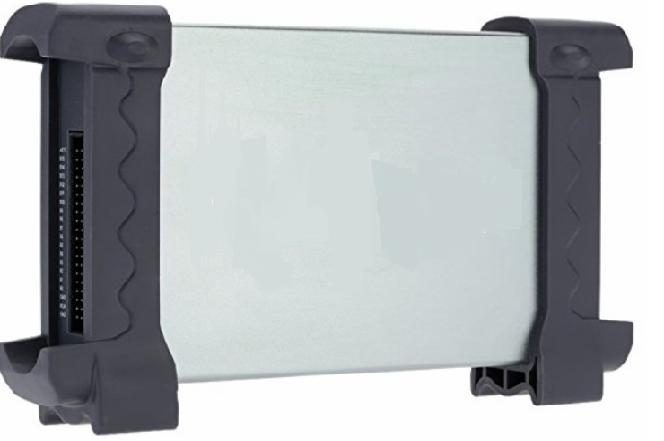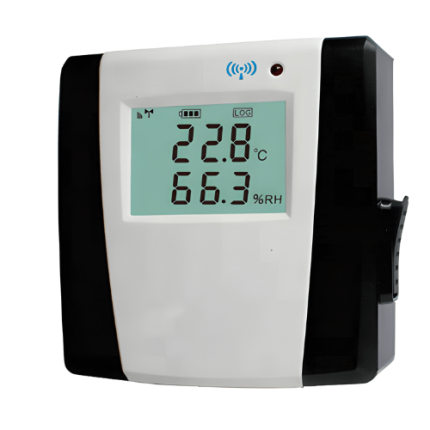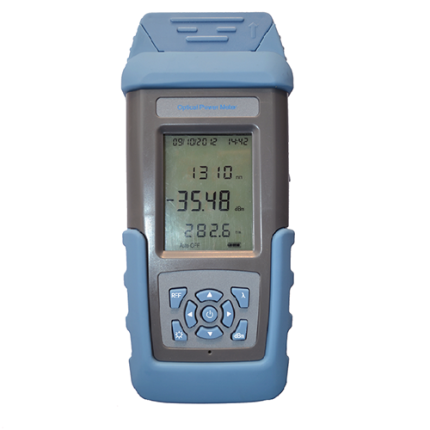Description
Overview
GAOTek Logic Analyzer (150 MHz/32 Ch/2 G Memory) is a 32-channel device which combines the function of logic analyzer, bus analyzer, and logic probe in one device and is used to analyze, test and troubleshoot digital circuits. It operates in the frequency of 150 MHz input bandwidth with 2G bit memory depth. The use of integrated USB 2.0, advanced large-scale integrated circuits, high-frequency digital circuitry, FPGA, CPLD, and other advanced technology, make the logic analyzer to be portable, and easy-to-use. It has a sufficient number of input channels and can simultaneously observe a lot of information or data flow direction control information, and can capture narrow pulse interference. This instrument is suitable for teaching assistants, college students in scientific research and development, and electronic measurement engineers.
Features
- The device combines the function of a logic analyzer, bus analyzer, and logic probe etc. in one.
- Suitable for various digital circuits development, testing, analysis and debug, is an able aider for electronics development & electronic measuring engineers, and teaching and research work at the college.
- Supports 2G bit memory depth (DDR2), 400 MSa/s sampling rate, and 150 MHz bandwidth.
- The innovative trigger mode and new analysis measurement tool makes the measurement simple and efficient.
- It can set the edge, level, bus, data width etc. Trigger mode, easy to use.
- Its innovative data analysis function makes your analysis UART, SPI, and I2C etc. data easier and relax.
- The strong protocol secondary analytic capability is able to export files in CSV, TXT, DOC format, which facilitates secondary analysis with other tools.
- Plug and play high-speed USB 2.0 interface.
- Excellent industrial design, similar interface to digital storage oscilloscope, easy to use.
Technical Specifications
| Channel | 32 |
| input Voltage Range | -6 V ~ 60 V |
| Input Impedance | 200 K(C=10 p) |
| Maximum Input Signal Bandwidth | 150 MHz |
| Maximum Sample Rate | 400 MHz |
| Voltage Threshold Range | -6 V – 6 V |
| Minimum Time Resolution | 2.5 ns |
| Sample Depth | 64 M |
| Sample Memory Depth | 2G bits |
| Compatible Input | TTL, LVTTL, CMOS, LVCOMS, ECL, PECL, EIA |
| Electrostatic Protected Area | 15 KV |
| Interface | USB Port |
| Voltage Range | 4.5 V ~ 5.5 V |
| Maximum Power | 3.5 W |
| Operating System | Win XP/2000/Win7 |
| Size | 8.14 in x 1.45 in x 4.84 in (207 mm x 37 mm x 123 mm) |



